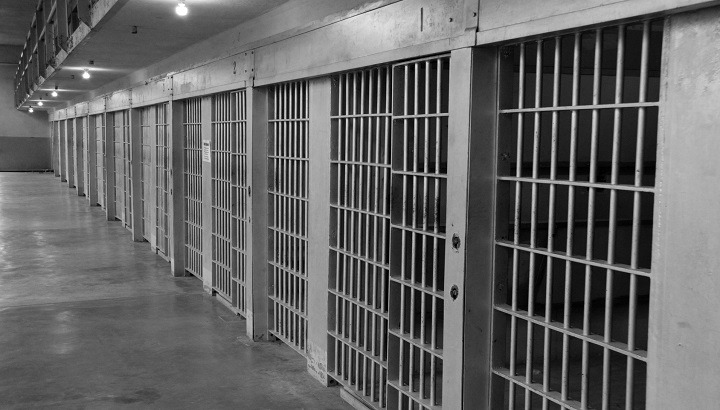I apologize up front for the dark and morbid subject of this article… but I just couldn’t pass up the opportunity to share my thoughts on a study about nutrition on death row. I admit, I never thought much about it before: What do inmates on death row choose as their last meal? And more importantly… why does it matter?
The study in question was published in the journal Appetite. Researchers analyzed the nutritional value of “last meals” requested by prisoners about to be executed. The survey included the last meals of 247 inmates that were executed over a five year period.
The results of the analysis were not terribly surprising. They showed that on average, last meals were incredibly rich in calories (the average was a whopping 2,756 calories!), and had more than double the amount of protein and fat that are recommended for an average person in an entire day. Some popularly-requested items included meats, fried foods, sodas, desserts, and processed foods.
If you’d like to see some of these meals for yourself, you can. Renowned photographer Henry Hargreaves published a photo series known as “No Seconds” in which he re-created and photographed several last meals requested by death row inmates. If you take a look, you’ll see that with very few exceptions, these meals are huge… laden with fat and carbs, and often deep fried (lots of fried chicken on the menu). Plus there are the high-sugar desserts. Loads of calories on the death row menu.
It’s no huge surprise that last meal requests are usually unhealthy. No one in the Appetite study requested tofu or lots of veggies. There were cheeseburgers, lots of desserts, and more calories than most people eat in a day. Some of these meals were over 7,000 calories. Even imagining eating a meal with that many calories is pretty painful.
So what’s the point? Why should we care what convicted felons want to eat? The answer lies within the obvious fact that people on death row have a very bleak future. It doesn’t get much more bleak than knowing that you are about to be executed. If your life is almost over… you might as well eat for pleasure, no matter how nutritionally abhorrent it may be. These last meals make it clear that having a bleak future leads to bad choices about nutrition. Death row is an extreme example, but there are many more examples of this very same connection in our daily lives.
Throughout history, it has been shown that when communities and societies feel like their future is uncertain, when people feel nervous and concerned… they tend to eat more calories and make poorer nutritional choices. This was observed after September 11th, as just one of many examples. When people feel like they have nothing to look forward to, they don’t make good choices. There is a reason that this matters in a clinical context. When we feel better about what lies ahead, we make better choices.
Death row nutrition can teach us all a valuable lesson. For physicians like me who are in the business of trying to get people to make better diet and lifestyle choices, the lesson is that our patients will generally respond better to positivity and optimism than they will to scare tactics and fear mongering. People are more likely to make good nutritional choices when the results of those better choices are used to paint a pretty picture of the future rather than a bleak one. Humans simply don’t make good choices when they focus on the dark and scary road ahead of them.
I hope that none of us will ever be faced with a request for a “last meal” in a prison… but there is a lesson there for us nonetheless. Death row nutrition provides yet another testament to the importance of keeping a positive outlook on life, and encouraging positivity in others. We’re all in this together…
– Dr. Joshua Levitt









